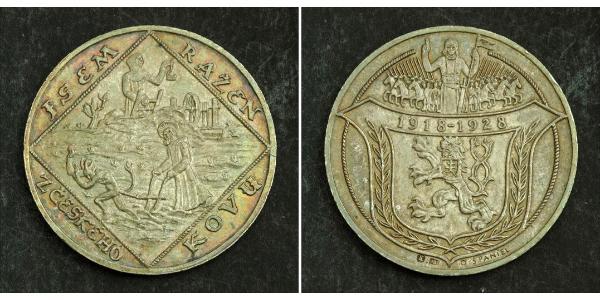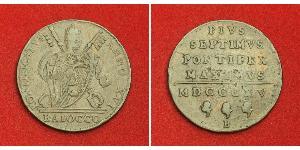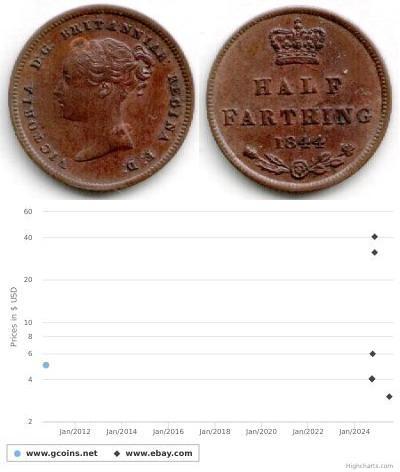(Venduta per $53.0)
1928, Czechoslovakia (Rep.). Medallic Pattern 4 Ducats Coin. Struck in Silver!
Silver Strike of the 10th Anniversary of Republic Coin. R!
Mint year: 1928
Condition: A nicely toned XF+
Mint place: Kremnica (Kremnitz)
Denomination: Medallic 4 Ducats Pattern in Silver!
Reference: Bruce XM1, Friedberg 7 var. (here struck in silver!).
Weight: 20.03gm
Diameter: 34mm
Material: Silver
Obverse: Czechoslovak coat-of-arms; bordered by laurel branches on either side; 1918-1928 above; arms surmounted by Saint Wenceslas, raising hand in benediction and holding banner; knight on horseback, holding lances, behind.
Exergue: Hallmark of Kremnitz (K) and purity (".987" - instead of ".986" of the gold strike) / O. SPANIEL (Engraver)
Reverse: Saint driving plow drawn by Devil left; Medieval miner ascending from ground by ladder, holding oil lamp; barren tree and machinery on either side; all within beaded square.
Legend: ESEM RAZEN Z CESKEHO KOVU
Kremnica was among the major mining towns of the world during the Middle Ages and Modern Times period due to the abundant gold ore deposits in the Kremnica Mountains. Gold mining and coin production in Kremnica culminated in the 14th and 15th centuries. As one of the most important centers of Protestant Reformation in the country, the town belonged to the Protestant "League of Seven Mining Towns". The last gold was extracted in Kremnica in 1970, when all the mines were closed.
The independence of Czechoslovakia was officially proclaimed in Prague on October 28, 1918 in Smetana Hall of the Municipal House, a physical setting strongly associated with nationalist feeling. The Slovaks officially joined the state two days later in the town of Martin. A temporary constitution was adopted and Tomáš Masaryk declared president on November 14. The Treaty of St. Germain, signed in September 1919 formally recognized the new republic. Ruthenia was later added to the Czech lands and Slovakia by the Treaty of Trianon (June, 1920). There were also various border conflicts between Poland and Czechoslovakia.
The new state was characterized by problems with its ethnic diversity, the separate histories and greatly differing religious, cultural, and social traditions of the Czechs and Slovaks. The Germans and Magyars (Hungarians) of Czechoslovakia openly agitated against the territorial settlements.
The new nation had a population of over 13.5 million. It had inherited 70 to 80% of all the industry of the Austro-Hungarian Empire. Czechoslovakia was one of the world's ten most industrialized countries. The Czech lands were far more industrialized than Slovakia. Most light and heavy industry were located in the Sudetenland and were owned by Germans and controlled by German-owned banks. The very backward Subcarpathian Ruthenia was essentially without industry.
The Czechoslovak state was conceived as a parliamentary democracy. The constitution identified the "Czechoslovak nation" as the creator and principal constituent of the Czechoslovak state and established Czech and Slovak as official languages. The concept of the Czechoslovak nation was necessary in order to justify the establishment of Czechoslovakia towards the world, because otherwise the statistical majority of the Czechs as compared to Germans would be rather weak. The operation of the new Czechoslovak government was distinguished by stability. Largely responsible for this were the well-organized political parties that emerged as the real centers of power.
44 coins were grouped from 2025-05-28 to 2025-06-04
Una di queste è:
1 Rublo Impero russo (1720-1917) Argento
il gruppo ha 12 monete / 12 prezzi
⇑

















-300-150-72sKbzbis7EAAAFPBUQ1Mk0C.jpg)
-300-150-9UEKbzbiU5UAAAFQcX3krksT.jpg)





